World Arc tour: sightseeing the Northern part of Mauritius

Take Off
Jörgen Wennberg
Mon 23 Oct 2017 17:22
The day after we signed up for the World ARC Tour together with the rest of the fleet. This day the World ARC had chosen activities being more at the Northern part of the island. 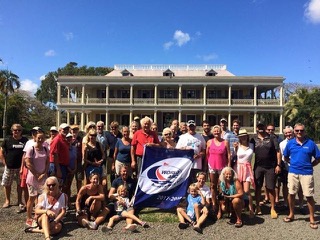 We started by visting the Pamplemousses Botanical Garden which is the major accomplishment of French Botanist Pierre Poivre at the time when he was the colonial administrator of the island during the 18th century. Under his direction, the 37 hectare covered by this extraordinary garden were planned and landscaped to acclimate species from the four corners of the world, such as the baobab and giant Victoria Amazonica water lilies. It is also the place to admire the Talipot palm - a most extraordinary palm tree, among the nearly hundred species which have settled in the garden, together with Araucaria pines, vacuous, raven alas and guava trees. Truly legendary, Pamplemousses Garden has seen illustrious visitors, some of whom have left a trace of their visit in the shape of a commemorative tree, namely Francois Mitterand and Nelson Mandela, respectively French and South African Presidents, as well as as indian Prime Minister Indira Ghandi - to cite be a few. Even the gate into the Pamplemousses was quite impressive.   The baobab is in the middle picture.    Louise with Anne and Åsa.  Bats sleeping for the day: quite impressive animals sleeping their heads down. Anyone would turn dizzy just by the sight of these creatures having their heads upside down. These bats are called fruit bats as they nourish themselves mostly with fruits.   We had an amazing walk enjoying the beauty of this 150 year old botanical garden. It was with harmony and curiosity we took our time to contemplate all different plants, flours and fruits. 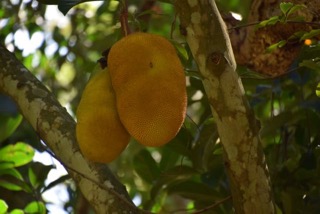  Inez found this flour from a tree and further away we saw the ground covered with these purple flours. 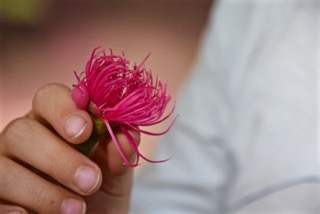 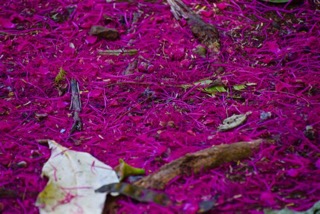 Talipot palm 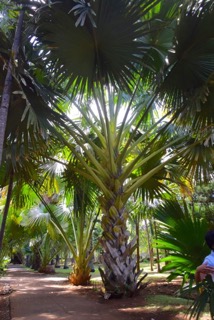  We really like this one: “The gift of a useful plant sounds to me more precious than the discovery of a gold mine and is more long-lasting than a pyramid”. Interesting thought! 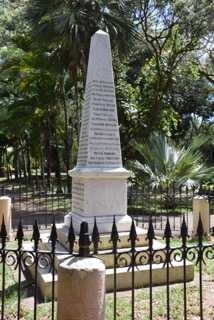  Giant Victoria Amazonica water lilies. We enjoyed the sight of this plant for a long time, walking around the pond back and fourth, back and fourth. Beautiful.  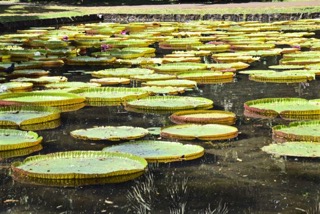 There is even love in the pond! 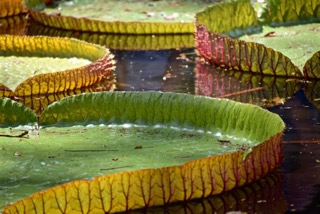 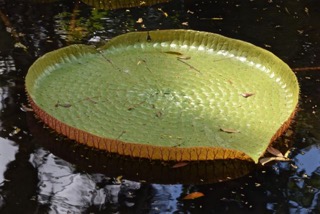 This pond had these beautiful white flours. Alex and Inez discovered them together with Dan & Em from Skyelark.  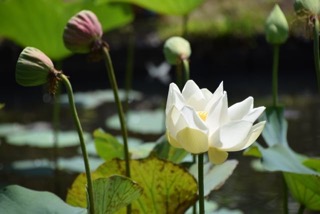   Alex and Inez found their amusement in the Botanical Garden: a liana to hang on to and swing.    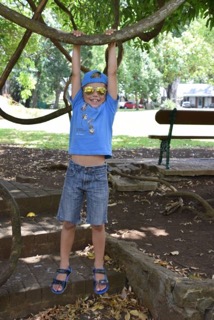  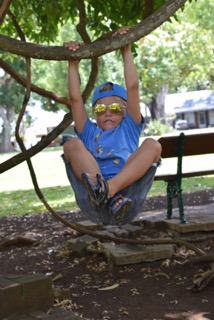 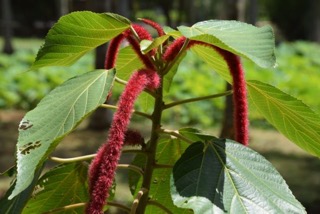  We ended the tour in the Botanical Garden by paying a visit to the island’s Giant Tortoises.   The tour continued to “L’aventure du sucre”: the Sugar Museum. It is an old sugar factory that has been converted into a museum dedicated to 250 years of the history of sugar production in Mauritius, wherein lie the foundation of the country’s history, the roots of its identity, the basis of its economic development and… the island’s very soul. The name of the museum means “the adventure of sugar”. All along an interactive path that calls to all ages, set between old sugar factory machinery and hedges of sugar cane, the history and story of the sheer “Mauritian gold” unrolls.  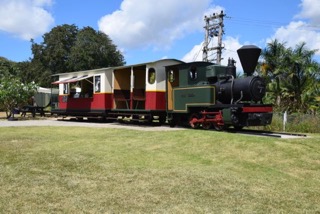 The tour gave us detailed history of the sugar story throughout the years and to what extent the sugar industry has meant for Mauritius. It is said that the Sugar Industry paved the way for the “Mauritius Miracle”.  When we came at the end of the itinerary we were surprised by a tasting of sugar! What an experience. We started with the mild ones, going round the table and coming to the more tasty ones. There was an interesting difference!. The picture to the left is the real stuff: sugar cane.    Then off course we also had the tasting of the cane liquor (rum!) taking place. 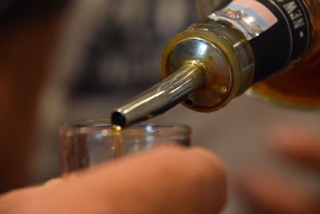 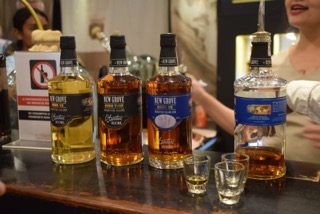   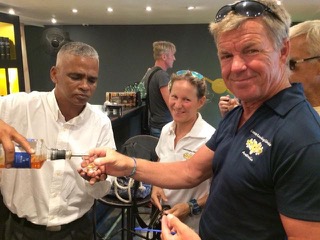 Yes we did not come out of the place with empty hands. We had bought rum, coffee rum, vanilla rum…. and sugar of different tastes for cooking. Exciting!   Lunch at the sugar factory. Alex was more than happy when he realised what else we had bought: off course some candy to.     The last stop of the tour was Le Château de Labourdonnais. Dating from 1859, this family home embodies the concept of “a castle at the heart of nature”. It is today an invitation to discover 19th century art of living in Mauritius, reconciling history, culture, flowers and fruit trees, gastronomy and Mauritian know-how against the agricultural roots of the domain within which it is planted. Wow what an amazing building built in the 18th century. The Domaine de Labourdonnais, a privately owned Estate, was founded in 1774. Built between 1856 and 1859 by Christian Wiehe (from Danemark who married a Mauritius woman), the Château de Labourdonnais has been the home of the Wiehe family for over 150 years. It was extensively refurbished in 2006 to restore its graceful colonial architecture to its original glory. Today the Château de Labourdonnais is among Mauritius’ foremost cultural attractions and a flagship of national heritage.
    The interrior was even more astonishing as the exterior.  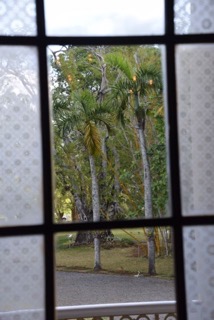  The terraces: the pictures talk for themselves. 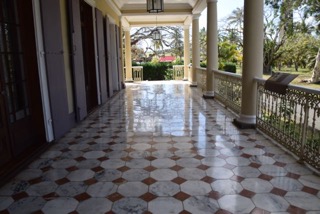   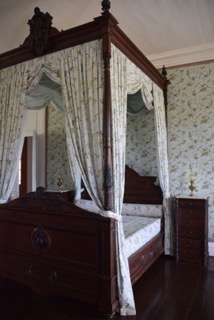 This day Alex and Inez had found new friends in Dan & Em from Skyelark.   This was a very pleasant tour organised by the World ARC and we learned a lot more about Mauritius adding on what we had seen the day before. |